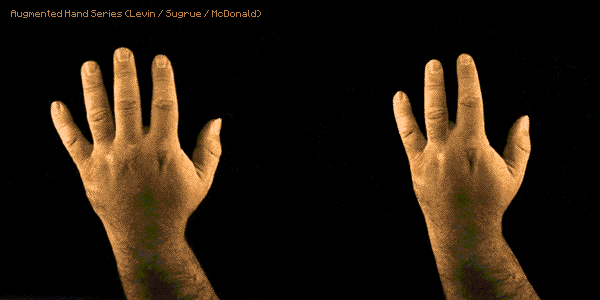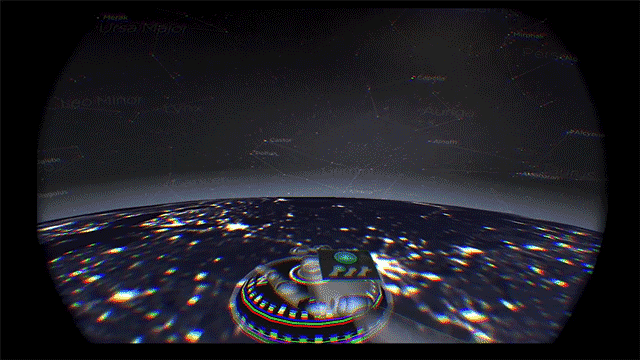Hand tracking and virtual reality are both emerging technologies, and combining the two into a fluid and seamless experience can be a real challenge. This month, we’re exploring the bleeding edge of VR design with a closer look at our VR Best Practices Guidelines.
Jody Medich is a UX designer and researcher who believes that the next giant leap in technology involves devices and interfaces that can “speak human.” In this essay, she asks how a 3D user interface could transform how we explore and understand content – by giving our brains a whole new dimension of working memory.




